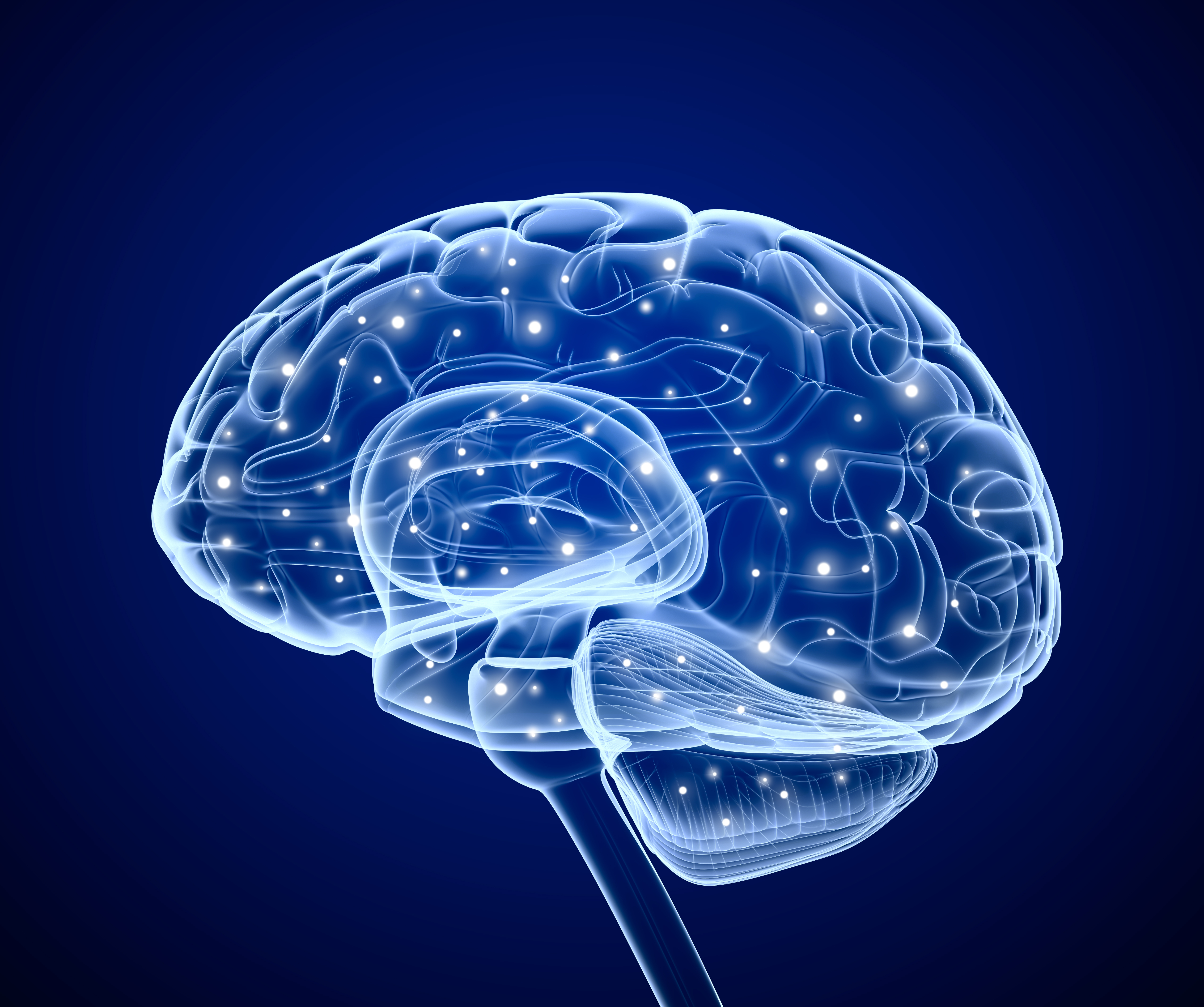Stem Cells in Brain Membranes May Offer New Research Opportunities into Parkinson’s, Other Conditions

Once thought to be merely a cap holding the brain in place, scientists have now discovered that the membranes covering the precious organ contain stem cells, offering news ways of thinking about brain regeneration.
While the discovery may open up new research into therapeutic applications of these stem cells for Parkinson’s disease and other degenerative conditions, much more work remains to be done to better understand the newfound regenerative contributors.
The study, “Neurogenic Radial Glia-like Cells in Meninges Migrate and Differentiate into Functionally Integrated Neurons in the Neonatal Cortex,” recently appeared in the journal Cell Stem Cell.
Scientists have shifted their view in recent years in the regenerative capacity of the brain. Once thought to be in a static state as people reached adulthood, the discovery of brain stem cells has largely changed the way people think. But until now, researchers thought stem cells existed only in the brain tissue itself.
In a set of experiments, researchers at the Flanders Institute for Biotechnology (VIB) discovered that the membranes, or meninges, of newborn mice hold stem cells that migrate to other parts of the brain and turn into working neurons. The team observed how the cells become part of neural circuits in the brains of the animals.
The discovery was made possible by a powerful new technology allowing scientists to analyze the entire set of RNA molecules in a single cell. In this way, researchers get a picture of which genes are active in a particular cell at any given moment.
Scientists are already considering the potential of their discovery for future treatments.
“An intriguing question is whether these neuronal stem cells in the meninges could lead to better therapies for brain damage or neurodegeneration,” Dr. Peter Carmeliet, a professor at VIB-KU Leuven and the study’s senior author, said in a news release.
To get there, scientists have to understand and learn to control the mechanisms that drive the stem cells to grow into different types of neurons.
“Can we therapeutically ‘hijack’ their regeneration potential to restore dying neurons in, for example, Alzheimer’s disease, Parkinson’s disease, [ALS], and other neurodegenerative disorders? These findings open up very exciting research opportunities for the future,” Carmeliet said.






